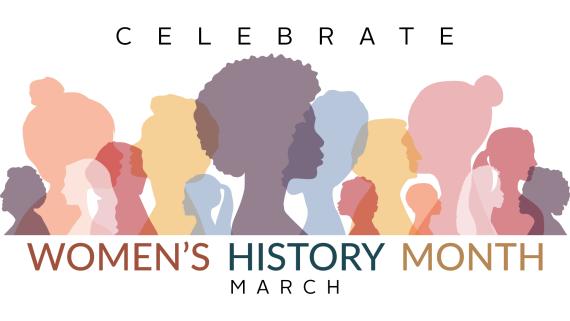50 Years of Embracing Women in Art throughout the Pacific Rim

by LeVesha Jones
Since its establishment in 1972, GSA’s Art in Architecture program remains focused on bringing art to federal buildings and courthouses by expanding access to a wide-range of artists that reflect the diversity of American public art.
In the AiA program’s first 10 years, the Pacific Rim Region obtained 14 fine art commissions, awarding half to women artists. At the time, textiles were viewed as an outside form of art by a demographic that was too often overlooked.
The 1970s was an era dominated by some of the most influential cultural, social and political movements in American history. Within one decade, the nation suffered the negative impacts caused by two major economic recessions, forcing a shift in culture and styles of creative expression – art, for example.
As the women’s rights movement gained recognition and continued to surge, public art was also on the rise and commissions by women were scarce. Many women artists of the time used their respective mediums in protest of the disparaging setbacks or lack of opportunity solely based on gender.
Textile is a type of artistry that uses synthetic fibers and woven fabrics to create unique objects and gained popularity in the late 19th century. Mimicking traditional techniques of needlework, early textile artists broke down the boundaries between applied arts, design and fine arts to spark an emergence of the unique artistic medium. This was done by appropriating the use of traditional materials and techniques, blurring the lines between art and craft. Frequently misunderstood, the art fiber movement was often classified as a craft rather than fine art. The artists, predominantly women, were considered crafters as opposed to artists. Some would say the textile art form was reborn from a response to the women’s liberation movement as many pieces raised the issue of the traditional roles and status of women. Created for a personal meaning or out of protest, the medium and its techniques became a tool for feminine awareness.
These women represent a small selection of the many talented women who have created thought-provoking artwork for the American public over the past 50 years of the Art in Architecture program.
GSA continues to break down barriers with efforts to enhance diversity, inclusion, equity and accessibility. In January 2022, the AiA program updated its provisions, removing restrictions on subject matter, theme, and art styles that had excluded many artists from consideration for commissions.
Through this effort, GSA hopes to see the work of more women artists from diverse communities incorporated into our civic spaces.
We encourage you to continue celebrating Women’s History Month and urge you to discover more incredible artworks and the women who created them by exploring GSA’s Fine Arts Collection or keeping up with #AiA50 on Facebook & Twitter!


 U.S. General Services Administration
U.S. General Services Administration